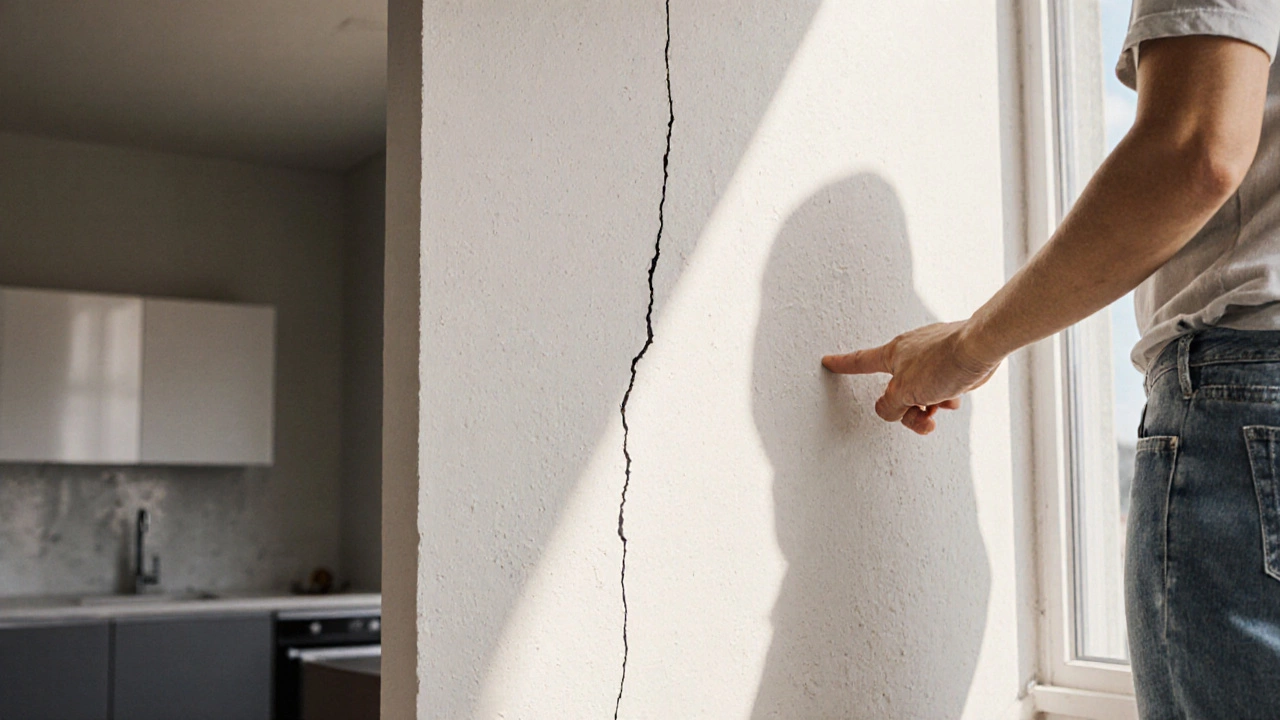Building foundations: What Every Homeowner Should Know
When working with building foundations, the structural base that supports a house or any other structure. Also known as foundation systems, it holds up everything above ground. A solid foundation encompasses footings, slab-on-grade, and basement walls, and its performance depends on several linked factors. One of the most common concerns is foundation repair, methods to fix settlement, cracking, or shifting, which often hinges on the right cement type, mix design that restores strength and durability. At the same time, soil moisture, the water content in the earth surrounding the footings directly influences pressure on the base and can trigger movement if it fluctuates drastically. Understanding how these entities interact helps you decide when to call a professional and what questions to ask.
Key factors that affect building foundations
First, the type of soil determines how much it expands or contracts with moisture changes. Clay soils swell in wet seasons, creating upward pressure that can lift a slab; sandy soils drain quickly but may erode under heavy rain. Because soil moisture influences foundation stability, many experts recommend scheduling major repairs in spring or autumn when the ground is neither too saturated nor too dry. Second, the size and pattern of a crack reveal its seriousness. Hairline fissures often result from normal shrinkage, while horizontal cracks wider than a quarter inch usually signal structural stress that needs immediate foundation repair. Finally, choosing the correct cement type matters: high‑early‑strength mixes cure faster for urgent fixes, whereas low‑heat mixes reduce cracking in large pours. Pairing the right cement with proper drainage solutions—like French drains or proper grading—creates a long‑lasting defense against future movement.
Seasonal timing also plays a role in cost and effectiveness. Contractors often quote lower rates in the off‑peak months because they can allocate crews more efficiently. Planning your repair during a mild weather window saves money and reduces the risk of re‑work caused by unexpected rain. On the budgeting side, the average cost for fixing a horizontal foundation crack ranges from £800 to £2,500 depending on depth, width, and access difficulty. That figure includes labor, material, and the necessary cement type for a durable patch. Knowing these numbers beforehand lets you set realistic expectations and avoid surprise invoices.
All of these pieces—soil moisture, crack assessment, seasonal planning, and cement selection—form a network of decisions that determine the long‑term health of your building foundations. Below you’ll find a curated set of articles that dive deeper into each topic, from seasonal guides for repair timing to detailed explanations of how different cement mixes perform under stress. Use them to spot warning signs early, choose the right professional, and keep your home standing strong for years to come.

